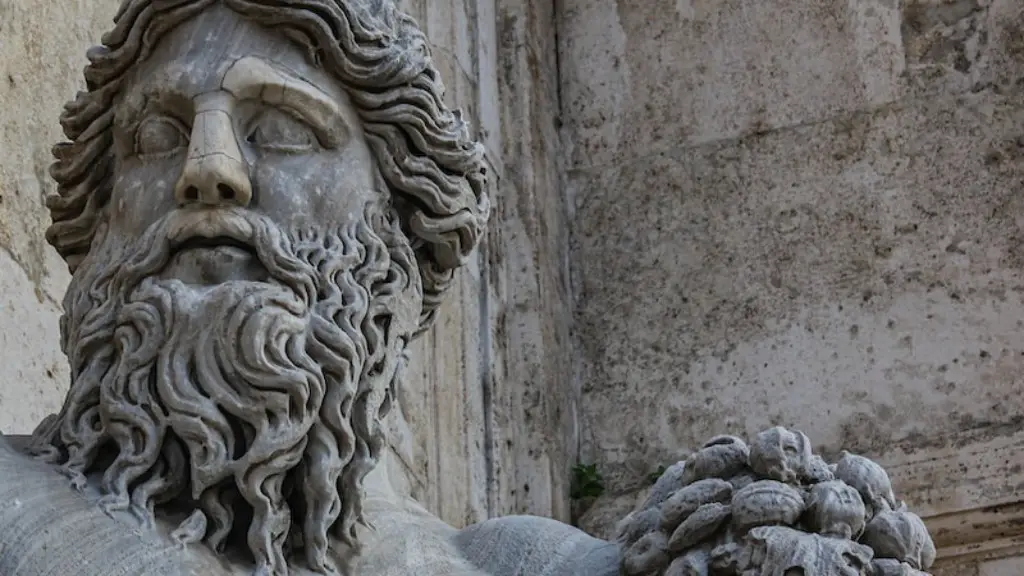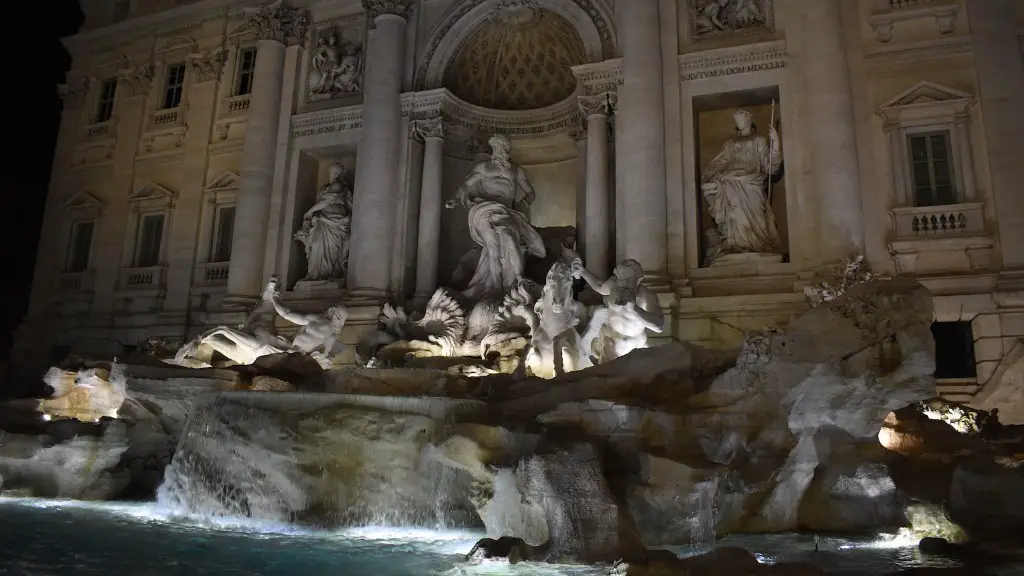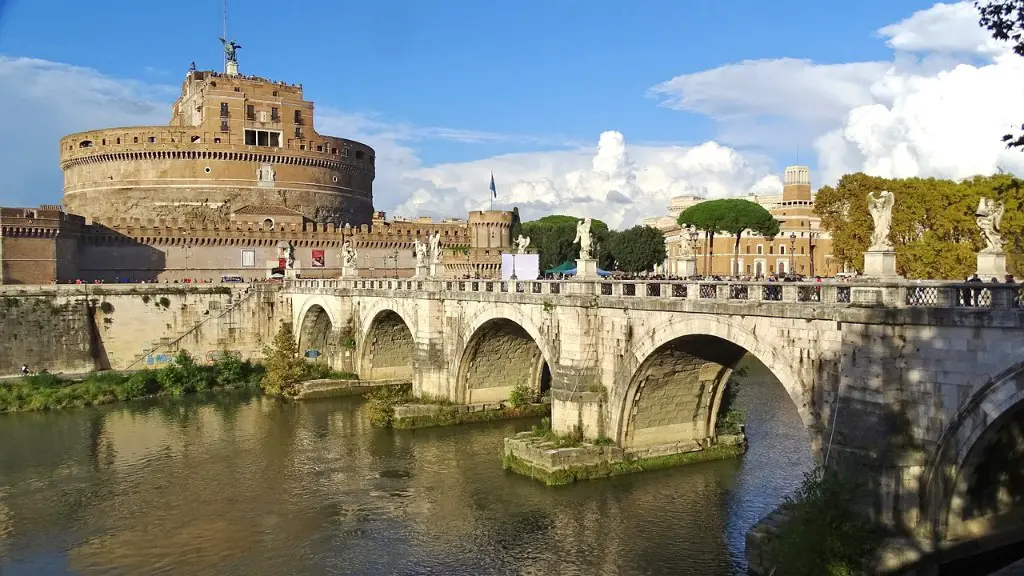Carthage, once a city-state of the ancient Mediterranean, first rose to prominence and power in the 8th century BC. Located on the north African coast by the Gulf of Tunis and Lake of Tunis, Carthage was one of the most powerful cities of the region. It was a major hub of commerce and culture, with many empires and powers vying for control of this strategic city.
The history of Carthage is closely linked with Ancient Rome. During the age of the Roman Republic, Rome and Carthage competed for dominance across the Mediterranean, sparking a three-way war with the regional superpower, the Kingdom of Macedon (241-201 BC). After Rome emerged triumphant in the war, they seized Carthage, transforming it into a Roman province, and its people into citizens of the Roman Empire.
Carthage was a key regional power of the Roman Empire. It served as a strategic port, providing a vital resource in the form of grain and other goods. As the city became important for Roman trade, it was invested with vast resources, and a network of Roman roads was built to facilitate transportation. Consequently the city flourished, becoming a center of Roman culture and learning, with many monuments and other public works built throughout the city.
In the centuries since, Carthage has changed hands multiple times, with power shifting between the Vandals, Arab-Muslim rulers, French and other European colonists, and finally the modern Tunisian state. Despite its tumultuous history, much of Carthage’s ancient role has endured, as modern-day Tunis is today an important commercial center in the African continent.
As of today, the ruins of Ancient Carthage remain a popular tourist destination. Visitors can explore the vast archaeological remains, featuring many of the city’s major monuments and temples, such as the Temple of Tanit, the House of the Bible, and the Tophet, among others. There is also an active excavations site at the Byrsa hill, which is the site of the Byrsa fortress, the ancient city’s acropolis.
Overall, famous for its historically tumultuous relationship with Rome, Ancient Carthage remains an interesting tourist destination. With its main ruins in modern-day Tunis, the city is a fascinating site to explore, both as an archaeological resource, and to gain insight into the commercial and cultural history of the ancient world.
Carthage and Military History
Ancient Roman writers such as Polybius and Livy, have provided some of the most valuable insight into the history and culture of ancient Carthage. As is well known among historians, Rome and Carthage were rivals in the Punic War, with Hannibal’s famous victory over Rome at Cannae in 216 BC being a rare glimmer of victory for the Ancient African nation.
Having lost much of its power after being defeated by Rome, the city’s clout and political standing declined drastically during the 3rd century BC. Its population was much reduced and its trading prowess diminished, with their navy and army suffering a similar fate. Nevertheless, during this period and subsequently, Carthage still maintained its strategic advantages for military purposes.
For example, it still acted as a gateway from Rome to North and West Africa, (the present day Maghreb region) and was therefore key in controlling the Mediterranean. Furthermore, with its many ports and harbours, it still had an important role in providing safe passage and shelter for ships crossing the Mediterranean sea.
Consequently, despite its strength and many advantages, Carthage was not able to escape Roman rule and domination. In 146 BC, the city was finally destroyed by the Roman forces, who sacked and pillaged it to such an extent that the city was never able to recover the power and influence it possessed in the past.
The Uniqueness of Carthage
The culture of ancient Carthage was distinct from that of many other North African civilizations. It was a mercantile state, trading with all the major Mediterranean powers of the day. Like other civilizations in the region, it had a polytheistic belief system, but was more open to the influences of other religions, and during its expansion, actively incorporated the beliefs of different cultures into its own.
The Phoenicians, who founded the city of Carthage, were an important trading power, often known for their conquest of many coastal settlements. It is speculated that the bartering practices and resources produced by the Phoenicians were what made the early stages of Carthage so successful, and in turn, it was this success that gave Carthage the wealth and influence it needed to compete with the other Mediterranean powers.
Furthermore, although they were at times seen as rivals to Rome in terms of economic and political power, the two cities shared much in the fields of art, architecture and the emergence of intellectual thought. In many ways, their competitive nature may have been beneficial in allowing exchanges of ideas and artistic endeavors between the two, with each civilization having a unique imprint on the works of the other.
Overall, although much has been lost to antiquity, it is still possible to witness and learn from the ruins of Carthage, which demonstrate how this ancient African city was a thriving center of commerce, culture and knowledge.
The Prosperty and Science of Carthage
Thanks to its position as a trading hub and its connection to the ancient Eastern world, Carthage had the reputation of being one of the wealthiest cities of its time. It had a long standing and boundless culture pertaining to the arts, and its people had an exquisite taste in import and export. This included beautiful works of art, as well as domestic items, including materials and fabrics.
The city of Carthage was also known for its achievements in the field of science and medicine, with many doctors and scholars of the time based in Carthage. These contributions to science included mathematical and astronomical milestones, such as the discovery of the moon’s cycles, and various developments in the field of philosophy.
In terms of engineering, Carthage had a number of impressive feats, including, among others, the construction of a great aqueduct by the Roman governor, Lucius Marcellus. This aqueduct, which was built in the 2nd century BC, is still standing today and is a popular tourist attraction.
All in all, although much of its former power no longer exists, Carthage was an important cultural and scientific hub in antiquity. The city was filled with traders, scientists, scholars, and artisans, who contributed much to the sciences, engineering and arts of its time.
Conclusion
Carthage was a powerful city-state located in North Africa, which at the height of its power rivaled Rome. During the Punic War, Rome had the upper hand, eventually taking over the city and making it a part of the Roman Empire. Despite its tumultuous history, much of Carthage’s legacy had remained today, with modern-day Tunis and its archaeological sites still providing insight into the commercial and cultural history of the ancient world.
Furthermore, Carthage was a wealthy and scientifically progressive city, which had many achievements in terms of architecture and engineering, as well as science and philosophy. This ancient city is a fascinating reminder of the past, and its continued influence in the present day.




